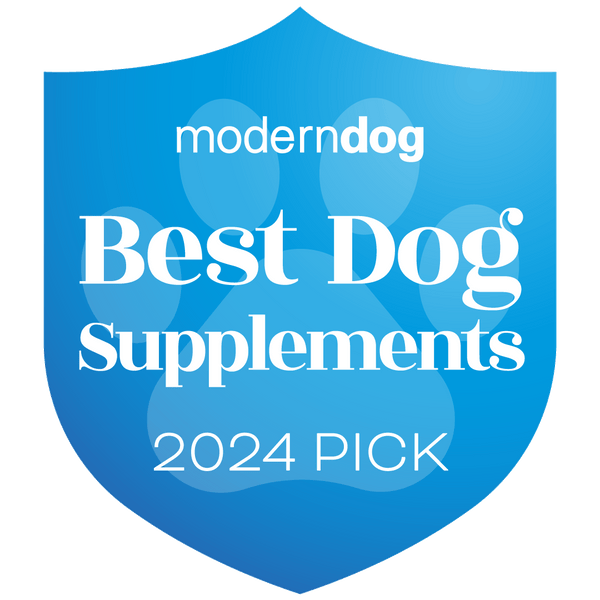Understanding the intricacies of your dog's gut is pivotal for ensuring their long-term health and well-being. This chapter will guide you through the journey of food through the canine digestive system, shed light on the critical role of the gut microbiome, and help you distinguish between the signs of a healthy and an unhealthy gut.
The digestive system of a dog is a complex machinery designed to convert food into energy and essential nutrients. The process begins the moment your dog takes a bite of food.
The Journey of Food: From Ingestion to Absorption
- Mouth and Salivary Glands: Chewing breaks food into smaller pieces, while saliva begins the breakdown of carbohydrates.
- Esophagus: A muscular tube that transports food from the mouth to the stomach.
- Stomach: Here, food is mixed with gastric juices, further breaking it down into a semi-liquid substance called chyme.
- Small Intestine: The primary site of nutrient absorption. Chyme is combined with digestive enzymes from the pancreas and bile from the liver, facilitating the absorption of nutrients into the bloodstream.
- Large Intestine: What remains is further processed, with water being absorbed and the leftover material formed into feces.
This journey not only highlights the mechanical and chemical breakdown of food but also underscores the gut's role in nutrient absorption, crucial for your dog's health.
The Role of the Gut Microbiome
The gut microbiome consists of trillions of bacteria, fungi, and viruses living in the digestive tract. Far from being unwanted passengers, these microorganisms play a fundamental role in digestion, nutrient absorption, and the immune system.
Balancing Act: Beneficial vs. Harmful Bacteria
A healthy gut microbiome has a balanced composition of beneficial and harmful bacteria. Beneficial bacteria aid in digestion, produce vitamins, and protect against pathogens. When this balance is disrupted, harmful bacteria can multiply, leading to health issues.
Impact on Overall Health
The gut microbiome's health affects more than just digestion. It's linked to the immune system, mental health (through the gut-brain axis), and even the condition of the skin and coat. A balanced microbiome supports a strong immune system, reduces inflammation, and may improve your dog's mood and behavior.
Signs of a Healthy vs. Unhealthy Gut
Recognizing the signs of gut health can help you address issues before they become serious.
Signs of a Healthy Gut
- Regular, well-formed bowel movements
- Good appetite
- Healthy weight
- Lustrous coat
- High energy levels
Signs of an Unhealthy Gut
- Diarrhea or constipation
- Vomiting
- Lethargy
- Weight loss or gain unrelated to diet
- Dull coat or skin issues
- Bad breath or excessive gas
Identifying these signs early can be crucial in maintaining your dog's health. A change in gut health can be a signal to review your dog's diet, stress levels, and overall lifestyle.
Conclusion
The digestive system is the cornerstone of your dog's health, and understanding how it works is the first step in ensuring your furry friend leads a happy, healthy life. By recognizing the signs of a healthy versus an unhealthy gut, you can make informed decisions about your dog's diet and care, keeping them vibrant and vigorous for years to come.











